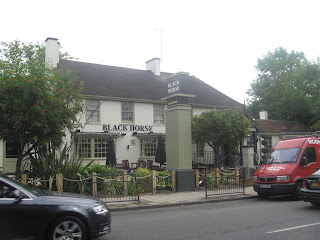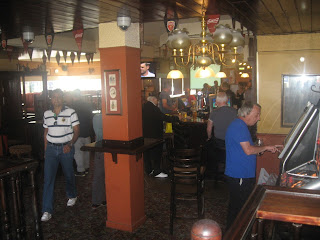The day two of the second test match
between India and South Africa which was called off due to rain on November 15,
2015, exposed how badly cricket stadiums are run in India and how the gullible spectators
are taken for granted. The so called covered stands were leaking all over at
Chinnaswamy Stadium, Bangalore and to make the matters worse the umbrellas were
not allowed. The ‘international standard ground’ was covered in patches leaving
out the out-field at rain god’s mercy. The out-field was muddy and
slippery. What happened to the modern methods of covering and soaking? Just
tireless manual work does not yield results although in this case play would
not have been possible as rain was continuous. There were no announcements on
the poor public address system and the only screen placed on one corner of the
ground had the line ‘the match delayed due to rain’. As if no one
knew about it. What people look is out-come of periodical
inspections made by umpires.
 |
| Patchy covers at Chinnaswamy Stadium, Bangalore on November 15, 2015 |
The occasional voice that came up
called upon the spectators to sing nursery rhyme “rain-rain go away”. The
stadium in general appeared poorly maintained. Quite a few seats were either
dirty or broken. I do not understand why drinking-water or umbrellas
were not allowed inside just because water bottle throwing incidents happened
on a rare occasion in the past. Umbrellas are needed whether it is sunny or
rainy day while the quality of drinking water provided within the stadium is
always a suspect.
Many spectators, women in particular
had to leave their umbrellas, purses, back-packs, cameras outside for which the
stadium security refused to take any responsibility. There was no token system
to mark the personal belongings – thrown reckless in some corner at the entry
points. The authorities must know that people come from far flung
areas, unaware of all kinds of restrictions. This stadium hosts many matches in
a year and I am sure must be making a lot of money through ticket sales,
advertisements, coaching sessions and so on. I hope, The Board of Control for
Cricket in India (BCCI), which is one of richest sporting organizations in
the world, takes notice of the poor treatment meted out to the cricket loving
spectators. If this is the case in Bangalore, situation must be worse elsewhere
at other centres in India.


